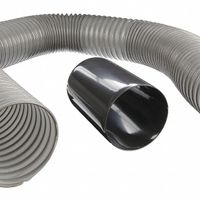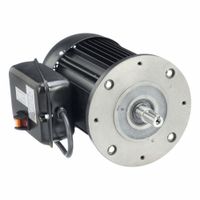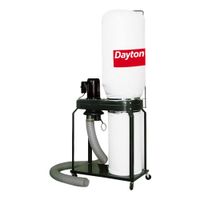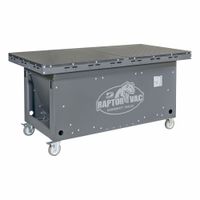Wood dust exposure poses several health risks, primarily affecting the respiratory system. Inhalation of fine wood particles can lead to respiratory issues such as asthma, chronic bronchitis, and hypersensitivity pneumonitis. These conditions result from the body's immune response to the inhaled particles, causing inflammation and narrowing of the airways, leading to symptoms like coughing, wheezing, and shortness of breath.
Prolonged exposure to wood dust is also associated with an increased risk of developing nasal and sinus cancers. Certain types of wood, particularly hardwoods like oak and beech, have been classified as carcinogenic to humans by the International Agency for Research on Cancer (IARC). The carcinogenic risk is attributed to the presence of naturally occurring chemicals in the wood, which can become airborne during cutting or sanding.
Additionally, wood dust can cause skin irritation and dermatitis. Direct contact with wood dust can lead to allergic reactions, resulting in redness, itching, and rashes. Some individuals may develop a sensitivity to specific types of wood, exacerbating these skin conditions.
Eye irritation is another common issue, as wood dust particles can cause redness, itching, and watering of the eyes. This is particularly problematic in environments with poor ventilation, where dust concentration is higher.
To mitigate these health risks, it is crucial to implement proper dust control measures, such as using dust extraction systems, wearing personal protective equipment like masks and goggles, and ensuring adequate ventilation in workspaces. Regular monitoring of air quality and adherence to occupational safety guidelines can further reduce the risk of adverse health effects from wood dust exposure.







